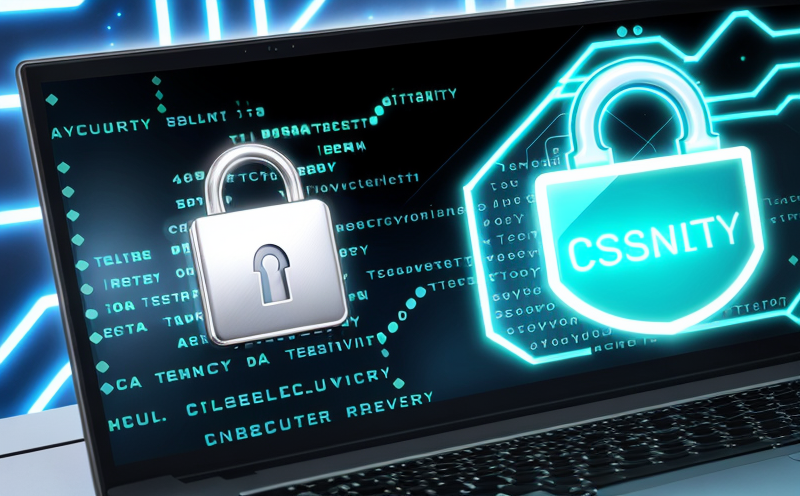IEC 61508 Functional Safety with Cybersecurity in IoT Systems
The International Electrotechnical Commission (IEC) IEC 61508 is a globally recognized standard for functional safety, designed to ensure that systems and products used in critical applications function safely under all conditions. When applied to Internet of Things (IoT) devices, this standard requires rigorous testing to meet stringent requirements for cybersecurity and data privacy.
In today’s interconnected world, IoT devices are increasingly exposed to cyber threats. Ensuring both functional safety and robust cybersecurity is essential for protecting end users and the integrity of systems. Our laboratory provides comprehensive IEC 61508 testing services specifically tailored for IoT devices with a focus on cybersecurity.
The process involves rigorous simulation, validation, and certification to ensure that all components function safely while also being protected against unauthorized access and data breaches. This service is crucial for quality managers, compliance officers, R&D engineers, and procurement teams who need assurance that their products meet the highest safety and security standards.
Our team of experts uses advanced instrumentation and software tools to simulate real-world scenarios in a controlled environment. We perform thorough testing on various aspects including:
- Data encryption
- Access control mechanisms
- Anomaly detection systems
- User authentication protocols
- Network security measures
- Vulnerability assessments
- Incident response planning
The testing process is meticulous, ensuring that every component and subsystem of the IoT device meets the stringent requirements set by IEC 61508. Our services are designed to help clients navigate the complexities of integrating functional safety with cybersecurity in their products.
| Aspect | Description |
|---|---|
| Data Integrity Testing | Testing the device’s ability to maintain data integrity throughout its lifecycle. |
| Vulnerability Scanning | Identifying and mitigating potential security vulnerabilities in the IoT device. |
| Access Control Evaluation | Evaluating the effectiveness of access control mechanisms to prevent unauthorized access. |
| Encryption Validation | Verifying that all data is encrypted both at rest and in transit. |
| User Authentication Assessment | Evaluating the strength of user authentication protocols for secure access. |
Our testing process ensures that all aspects of functional safety are addressed, while also safeguarding against cyber threats. This dual focus on safety and security is essential in today’s connected world where IoT devices play a critical role in various sectors such as healthcare, automotive, and smart homes.
To ensure compliance with IEC 61508, we follow a structured methodology that includes:
- Initial Risk Assessment
- System Decomposition
- Functional Hazard Analysis
- Hazard and Operability Study (HAZOP)
- Detailed Design Review
- Prototype Testing
- Final Certification
This comprehensive approach ensures that all potential hazards are identified and mitigated, providing peace of mind for quality managers and compliance officers.
For R&D engineers, our services offer a critical path to ensure the safety and security of their innovations. For procurement teams, we provide assurance that the components they source meet the highest standards in both functional safety and cybersecurity.





